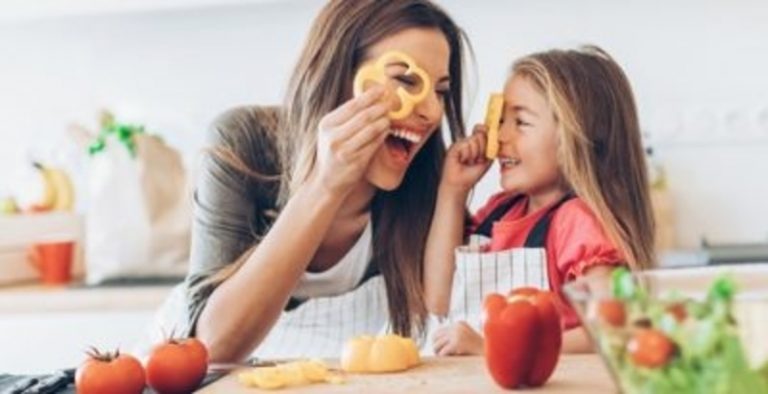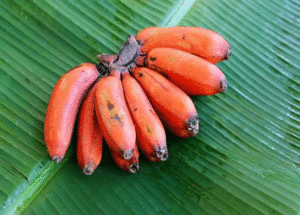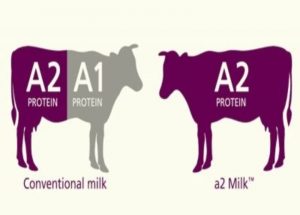Have you felt exhausted lately? Can you barely make it up the stairs without getting winded even though you’re physically fit? If so, you might be lacking in iron — especially if you’re a woman.
Let’s look at why iron is so important to your body, what can happen if you’re not getting enough of it, and what do you need to take to increase it.
Why is iron important to the body?
The human body requires iron to perform many vital physiological functions.
Iron is an important component of hemoglobin, the substance in red blood cells that carries oxygen from your lungs to transport it throughout your body. Hemoglobin represents about two-thirds of the body’s iron. If you don’t have enough iron, your body can’t make enough healthy oxygen-carrying red blood cells. A lack of red blood cells is called iron deficiency anemia.
Without healthy red blood cells, your body can’t get enough oxygen. If you’re not getting sufficient oxygen in the body, you’re going to become fatigued and the exhaustion can affect everything from your brain function to your immune system’s ability to fight off infections. Also, if you’re pregnant, severe iron deficiency may increase your baby’s risk of being born too early, or smaller than normal.
Iron is also necessary to maintain healthy cells, skin, hair, and nails.
How Much Iron Do You Need And it’s reason of falling down?
How much iron you need each day depends on your age, gender, and overall health.
Infants and toddlers need more iron than adults, in general, because their bodies are growing so quickly. In childhood, boys and girls need the same amount of iron — 10 milligrams daily from ages 4 to 8, and 8 mg daily from ages 9 to 13.
Women need more iron because they lose blood each month during their period. That’s why women from ages 19 to 50 need to get 18 mg of iron each day, while men the same age can get away with just 8 mg.
After menopause, a woman’s iron needs drop as her menstrual cycle ends. After a woman begins menopause, both men and women need the same amount of iron — 8 mg each day.
One reason you may be low on iron is that your body’s demand for iron may have increased. This often occurs in young children undergoing rapid growth, pregnant women, and people who lose blood through blood donation, intestinal conditions, menstruation, or very intense endurance activity. Another reason for low iron is decreased iron intake or absorption.
How does the body acquire and expel iron?
The body cannot make iron; you must acquire it through your diet. Dietary iron is processed and absorbed by the mucosal cells of the small intestine. Only about 10% of the iron we consume each day is absorbed into the body, however. The process of iron absorption is tightly regulated because the body does not possess any biochemical mechanisms for removing iron. Instead, iron is lost through processes such as bleeding, menstruation, and breast-feeding. Additionally, iron within the body is constantly being recycled and reused (e.g., in red blood cell turnover).
How do you know if you are Iron deficient?
If you’re low in iron, you may experience some of the following symptoms –
- Feel short of breath
- Have a fast heartbeat
- Have cold hands and feet
- Crave strange substances such as dirt or clay
- Have brittle and spoon-shaped nails or hair loss
- Sores at the corner of the mouth
- A sore tongue
- Difficulty in swallowing (Severe iron deficiency)
What foods are high in iron?
The iron in food comes from two sources: animals and plants.
Iron from plants is found in vegetables and in iron-added to foods such as breakfast cereals. Iron from meat is better absorbed by the body than from plants.
However, if you do not wish to eat a lot of animal foods, there are other foods listed that you can try.
In particular, plant foods that have a lot of iron are:
Vegetables: Leafy greens such as broccoli, spinach, kale, turnip greens, and collards, potatoes with the skin, lima beans, green peas, and all other beans (e.g. kidney, black, navy, etc.), and tomato sauce.
Fruits: Dried apricots, dried figs, raisins, prunes, and prune juice. Breads, Cereals Rice & Pasta: Iron fortified whole grain breads, pastas, rice, and cereals.
Nuts/Seeds: Nuts and seeds such as peanuts, cashews, sunflower seeds, walnuts, almonds, etc.
Chicken and fish: These are also good sources of heme iron. You can eat a variety of them.
Vitamin C-rich foods: Eat vitamin C-rich foods during meals to increase the absorption of non-heme iron. For example, some lemon juice drizzled over leafy greens will increase the amount you absorb.
You can enhance the absorption of iron from meals by eating foods high in vitamin C, vitamin A or beta-carotone. Eating meat, fish or poultry with other foods can also help.
By carefully selecting the foods you eat and knowing how certain foods can enhance or inhibit absorption, you can make sure you’re getting the iron you need.













